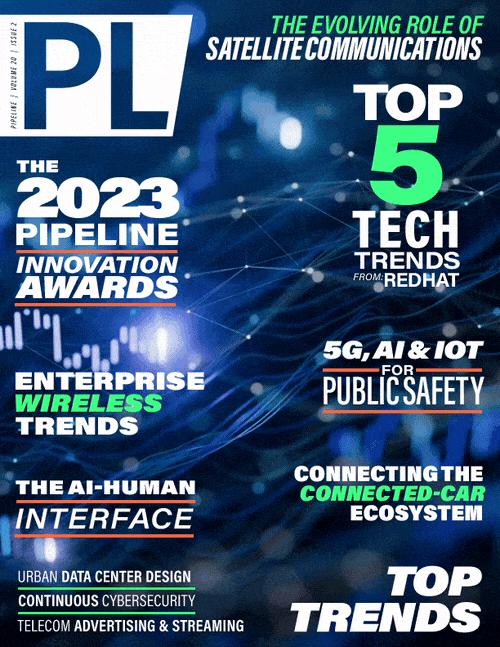From the Ground Up: The Role of Satellite
in a New Communications Landscape
Traditional day-to-day carrier monitoring operation is focused on monitoring the operators’ own respective links from ground-based locations in a round-robin process. Satellite Carrier Spectrum Monitoring (CSM) systems go through all carriers checking the RF quality of those links. This approach is efficient, well-established in payload operation, and fully sufficient for more or less static objects like GEO satellites.
However, non-GEO satellites are using the antennas, following the satellite, checking the RF quality, and switching from one to the next. An object flying through another satellite’s beam could create interference, disturbing the RF link quality, yet the interruption might be so short as to go unnoticed and unrecorded. Even if it is recorded, it is often impossible to identify the cause.
The growing number of commercial satellites both in development as well as operation, especially non-GEO satellites, will raise the likelihood of RFI and more cyclic disruptions in RF links.
To ensure the quality of these links, it is crucial to adopt a systematic approach to monitor such issues and identify correlations between any potential interference and other emitters in a monitored antenna beam. The changing conditions in near-Earth orbit should be reflected in the measurement and monitoring of RF links, maximizing the use of infrastructure resources and allowing for repeatable scenarios.
With the rise of phased array antennas in satellite constellations like Starlink and OneWeb, and the effective management of beam directions, interference problems at GEO satellite links are not necessarily a concern but should be monitored. However, the impact of non-GEO satellites with each other and their respective ground station RF links is not yet understood as there is a lack of integrated software systems to assess this conjunction of RF links. The greatest concern is interference at uplink ground locations, where an object using the same frequency could cross the uplink beam, affecting both user traffic and tracking telemetry and control RF links.
Are we ready?" style="font-family:'Arial',sans-serif">
The move to multi-orbit is a many-layered and complex endeavor, and though it is now in full flow there is still a long way to go in terms of readiness. Some individual constellations, such as Starlink, are already operational, but if we are asking whether the industry as a whole is prepared, the answer has to be “not yet.” The overall success of these constellations hinges upon the ground infrastructure and its management, landing rights, and regulation.
Arguments over spectrum remain critical to the way we build out both terrestrial and satellite infrastructure. Each region of the world has different priorities, and so spectrum decisions must be made by balancing practical use against services needed. Sharing needs to be avoided until smarter technology is truly available. Local regulations further complicate the issue, creating yet another hurdle to negotiate. There is plenty of spectrum to go around, but the current manual, four-year allocation of spectrum cannot continue. We must be more dynamic. Technology and users need us to do better.
By adding more usable layers to the communications structure we can make this a success. The cloud will be critical moving forward as it is a vital ingredient to solving the connectivity hurdles and can be implemented quickly to meet the demands of both use cases and user growth.
Finally, every part of this transformation must be properly managed, and it is important that every part of the ecosystem is engaged and sharing information. This is especially important between different constellation players. Space sustainability must be the priority, with every layer of connectivity managed as one.


















